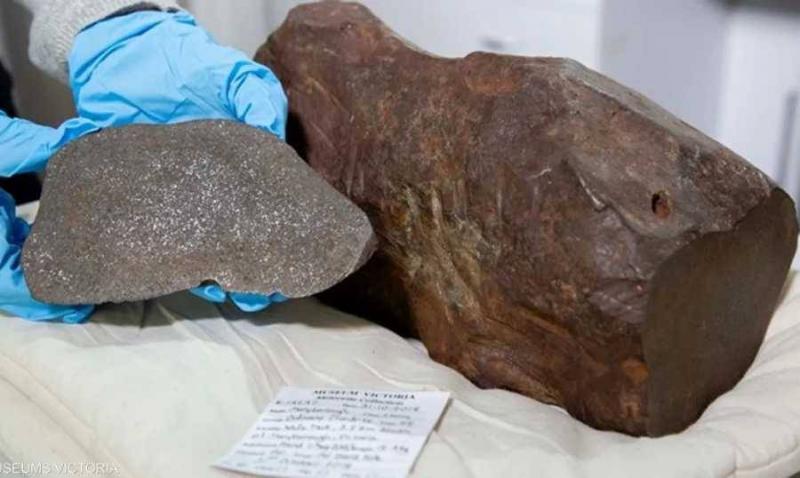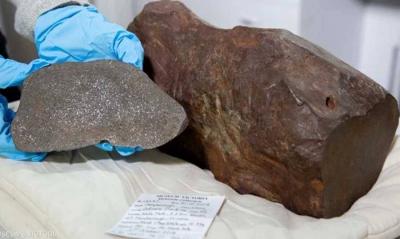About seven years ago, during a mineral exploration trip at the Maribyrnong Regional Park near Melbourne, David Hall discovered a heavy, reddish rock embedded in the ground. Hall took the rock home and tried everything to break it; he used a rock saw, a drill, and even submerged it in acid, but he could not crack it. Years later, Hall found out that the rock was a rare meteorite.
Dermot Henry, a geologist at the Melbourne Museum, stated, “I have looked at many rocks that people believe to be meteorites. In fact, after 37 years of working at the museum and examining thousands of rocks, it turns out that only two of the exhibits are genuine meteorites.” Researchers published a scientific paper describing the 4.6-billion-year-old meteorite, which they named Maribyrnong after the nearby town where it was found.
According to Science Alert, the meteorite weighs 17 kilograms, and after using a diamond saw to cut a small slice, researchers found that its composition contains a high percentage of iron. Henry explained, “Meteorites provide the cheapest forms of space exploration; they take us back in time and provide evidence about the age, formation, and chemistry of our solar system, including Earth.”
Although researchers do not yet know where the meteorite came from or how long it has been on Earth, they have some guesses. Henry remarked, “This particular meteorite likely came from the asteroid belt between Mars and Jupiter, and it was pushed out by some asteroids colliding with each other, eventually colliding with Earth one day.”
According to researchers, the Maribyrnong meteorite is much rarer than gold, making it far more valuable to science. It is one of only 17 meteorites ever recorded in the Australian state of Victoria.




